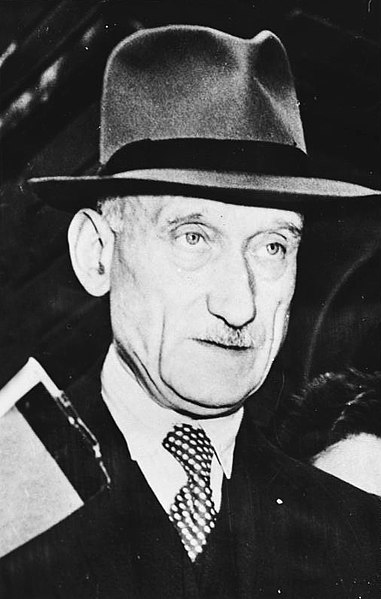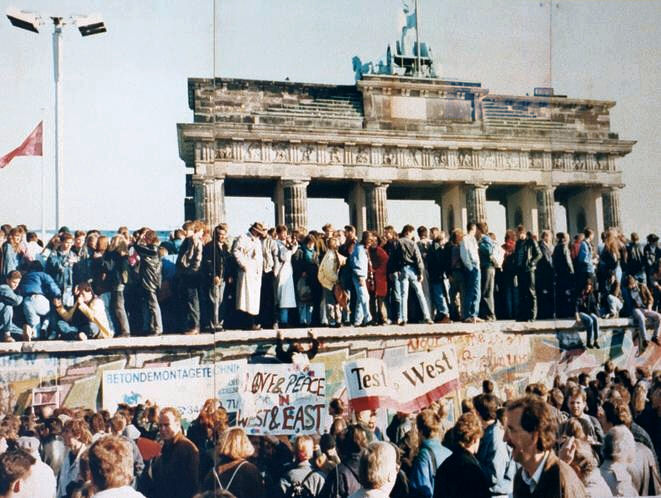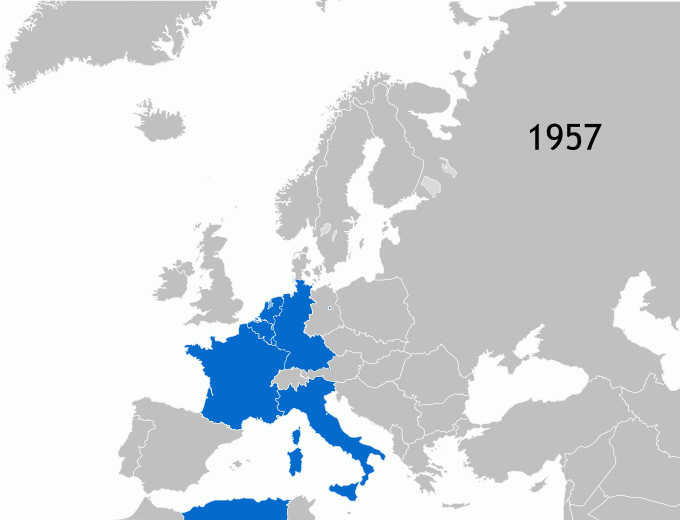English Across the Curriculum
The European Union
History of the EU
The European Union is an organization of 28 nations. Its original aim was to form an economic union but, as time went on, the EU developed into a far greater organization.
Today the EU is developing into a political union, trying to bring together the democratic countries of Europe. It is the biggest trading bloc in the world, has more people than the United States and exports and imports more goods than any other country in the world.
After World War II
World War II caused a great deal of damage in Europe. After the war European leaders believed they had to work together to prevent another devastating conflict.
In 1952 the European Coal and Steel Community was founded by six nations: France, Italy, West Germany and the Benelux countries. Its aim was to control coal production and the steel industries of the member states, so that one single state could not build up a powerful industry without the others knowing about it.

Robert Schuhman - one of the founding fathers of the European Coal and Steel Community (ECSC)
Bundesarchiv, Bild 183-19000-2453 / CC-BY-SA 3.0
[CC BY-SA 3.0 de (https://creativecommons.org/licenses/by-sa/3.0/de/deed.en)]
The European Economic Community
The success of the ECSC made the leaders of the six countries cooperate even further. In 1957 two more organisations were founded in Rome. The European Economic Community (EEC) established a free trade zone in which goods and services could move freely between countries. The European Atomic Energy Community (EURATOM) was designed to have countries cooperate on the peaceful use of nuclear energy.
In 1967 the three organisations were combined to form the European Communities (EC) .
Enlargement of the EU
The 1970s and 80s led to the enlargement of the EC. Denmark, the United Kingdom and Ireland joined in 1973, Greece became a member in 1981, and Spain and Portugal joined the community in 1986. At the end of the 1980s communism collapsed in many eastern European countries. In 1990 a united Germany became the largest country in the community.

East and West Germans at Brandenburg Gate in 1989
Image: Lear 21 at English Wikipedia,
CC BY-SA 3.0, via Wikimedia Commons
In the 1990s EC leaders started to seek greater cooperation in other fields. In 1991 the Maastricht Treaty was signed. Member states vowed to create a political union and introduce a single currency, the euro, which replaced the currency of 12 European countries in 2002.
In 1995 Austria, Sweden and Finland enlarged the European Union to 15 countries.
In the early years of the new millennium leaders of the EU started working on a constitution for all member states. They finished and approved it in 2004 but citizens in France and the Netherlands rejected it in national referendums.
The biggest enlargement took place in 2004. Ten new countries of central, eastern and southern Europe entered the EU: Cyprus, Malta, the Czech Republic, Estonia, Hungary, Latvia, Lithuania, Poland, Slovakia and Slovenia. Romania and Bulgaria became members three years later. In 2013 Croatia became the last country to join the EU.
One and a half decades after the fall of the Iron Curtain the division of Europe had been overcome.
